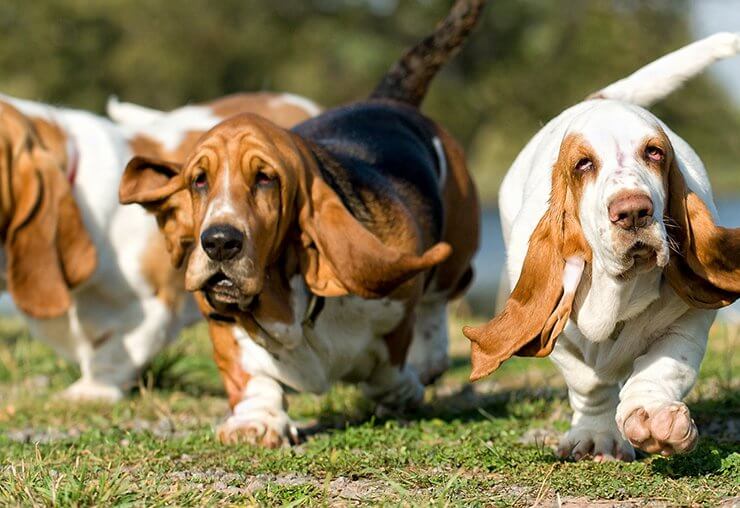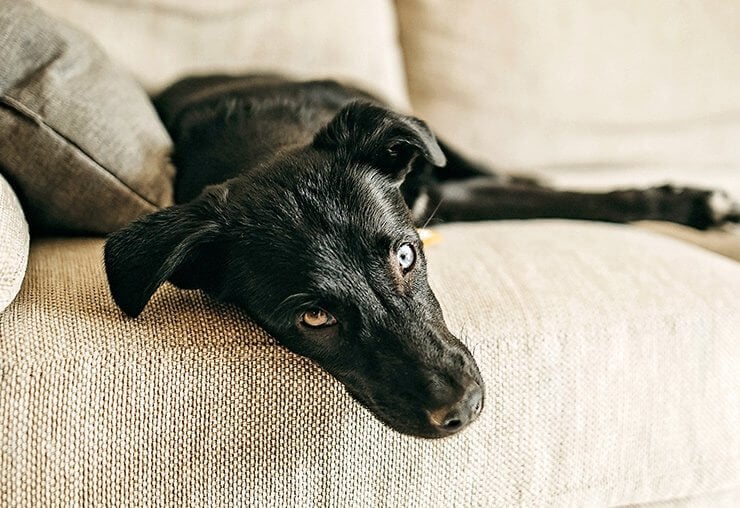Samoyed
Smiling dog of the north

The corners of the mouth of a samoyed, paired with dark pigmentation around the mouth and their slightly slanted eyes gives dogs of this breed their signature, happy face. It’s one of the most people-oriented breeds of dogs from the North.
 Country of origin: Country of origin: |
Siberia |
 FCI group: FCI group: |
Group V, section 1, Spitz |
 Temperament: Temperament: |
lively, stubborn, sociable, playful, careful, friendly |
 Colors: Colors: |
white |
 Weight: Weight: |
Male: 20–30 kg, Female: 16–20 kg |
 Height: Height: |
Male: 53–60 cm, Female: 48–53 cm |
 Life expectancy: Life expectancy: |
from 12 to 14 years |
Samoyed puppies
Samoyed puppies are quick and eager learners. While training with your samoyed puppy you might find a klicker particularly helpful. You can also offer your dog a motivation in the shape of tasty treats. Samoyed puppies can get bored quickly, which in turn leads to frustration, so don’t overwork your dog. It’s better to plan shorter, but more frequent lessons. Samoyed requires a gentle but consistent teacher. Samoyed puppies should be socialised at an early age, which will much improve their behaviour around other animals and can teach them how to react in certain situations. Samoyed is an active dog breed, but you have to be mindful of your puppy’s joints. Don’t overwork your samoyed puppy, as their joints are growing and developing until they are 15 months old. Samoyeds are somewhat prone to hip dysplasia, so you can add some glucosamine and chondroitin to your dog’s diet.
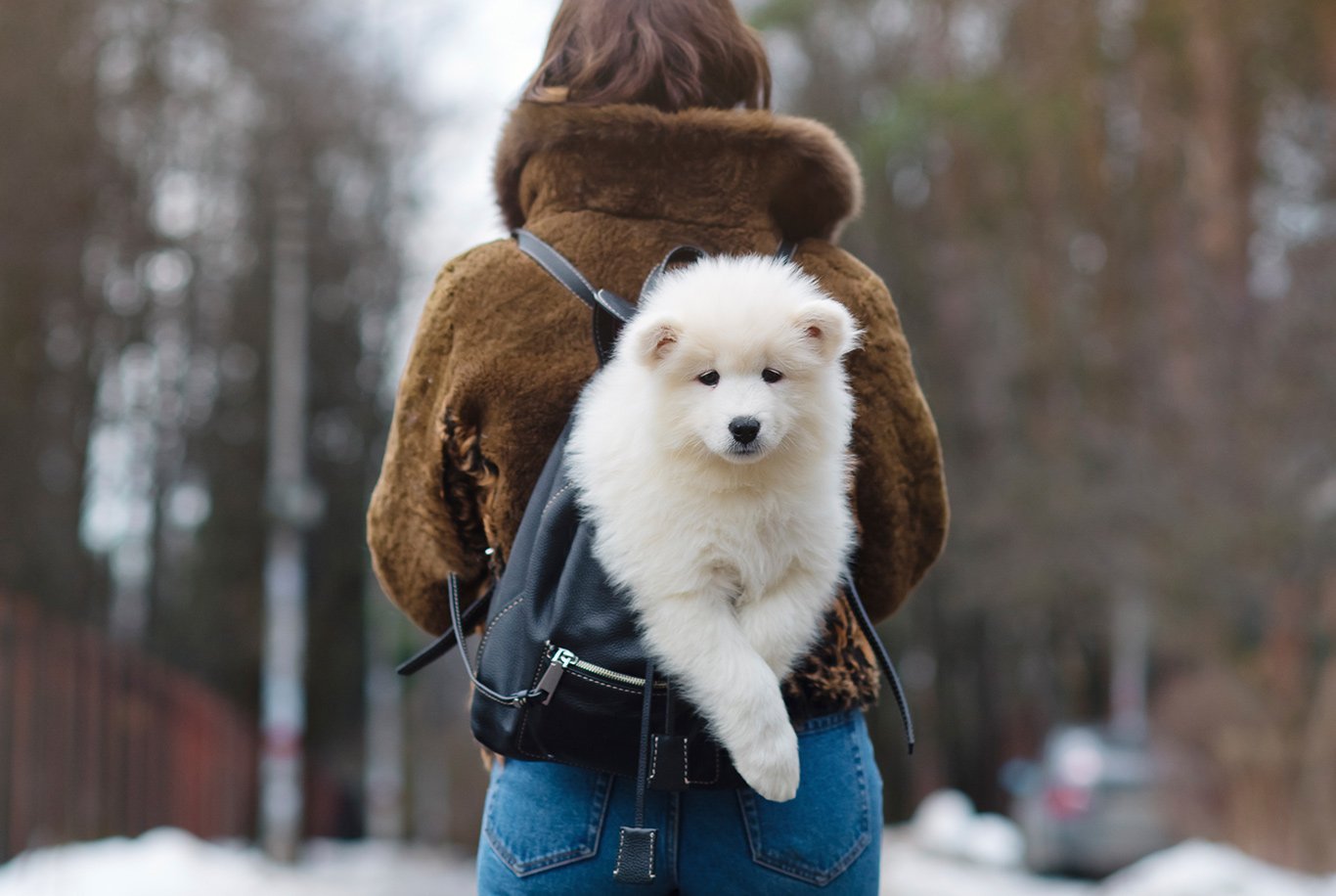
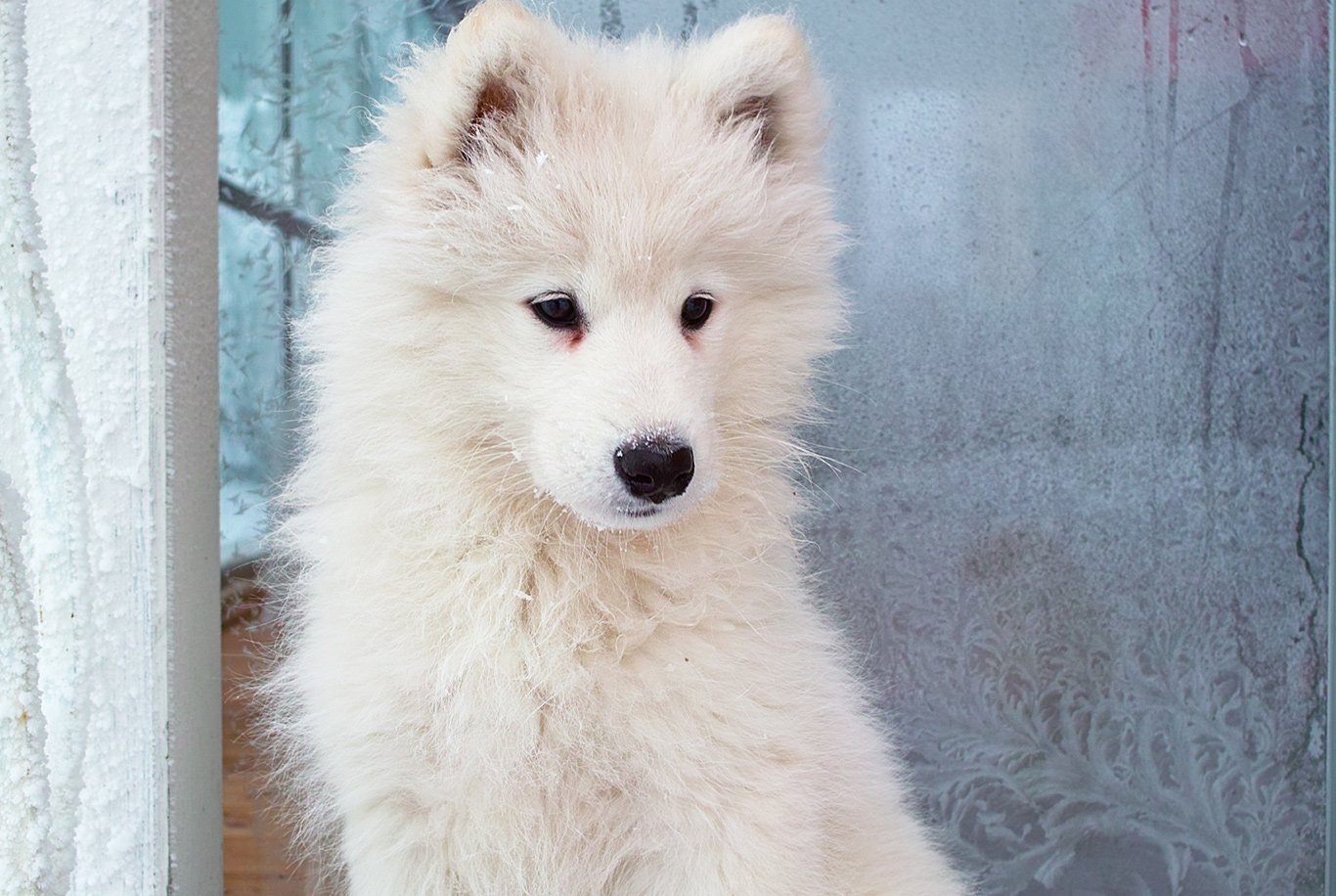
Samoyed nutrition
White-furred dogs are more likely to experience various allergies, including food allergies. The gentle, gluten-free formula can be a fantastic choice for a samoyed. With dogs of this breed, you have to pay attention to levels of copper and beta-carotene in the diet that you feed - formulas with too high levels of any of those ingredients can lead to discolouration in dog’s fur. Samoyed dogs are an active breed, but remember that every dog is different. While choosing a diet base your decision on your dog’s body mass, age and individual preferences. To take additional care of your dog’s skin and coat you can increase the intake of omega-3 and omega-6 fatty acids that are known for their positive influence on skin and hair condition.
Detailed description of samoyed
Samoyed dogs are believed to be the masters of avoiding conflicts with other pets. Samoyeds usually get along well with other pets, especially if they’ve been appropriately socialised when they were young. This dogs love physical activity but will gladly cuddle with their caretakers.
Origin
Nomadic tribes thousands of years ago used spitz-type dogs as their herding and sledge dogs. The Nenet tribe, also known as the Samoyedic tribe, is responsible for breeding the very first samoyed dogs. Samoyeds lived together with their people, which lead to the creation of a very sociable breed of dogs. Samoyeds became most famous at the turn of the 19th and 20th century when many polar explorers have been bringing home these white, northern dogs from their voyages. That’s how samoyed dogs found their way to Ernest Kilburn-Scott, a British zoologist, that is believed to be the very first European breeder. The first samoyed dogs have been presented in Europe during a show in Leeds in 1893. From the year 1909 Samoyed is the official name of the breed
Appearance
Samoyed is a middle-sized dog of the spitz-type with many distinctive traits of this group. Dogs of this breed have a long and fluffy coat with big tufts of hair on their neck, shoulders and with thick hairs on the tail and backs of the hind legs. Samoyed dogs have a triangular head with strong muzzle, straight nose bridge and pointy ears covered in dense fur. They have wide-set eyes that are slightly slanted and paired with dark skin around the mouth and gently raised corners of the mouth, samoyed dogs appear as if they were smiling. Samoyed’s tail is curling upwards, with the tip touching the dog’s back. Samoyed’s coat should be primarily white, some slight marking in cream or biscuit are allowed in this breed’s standard.
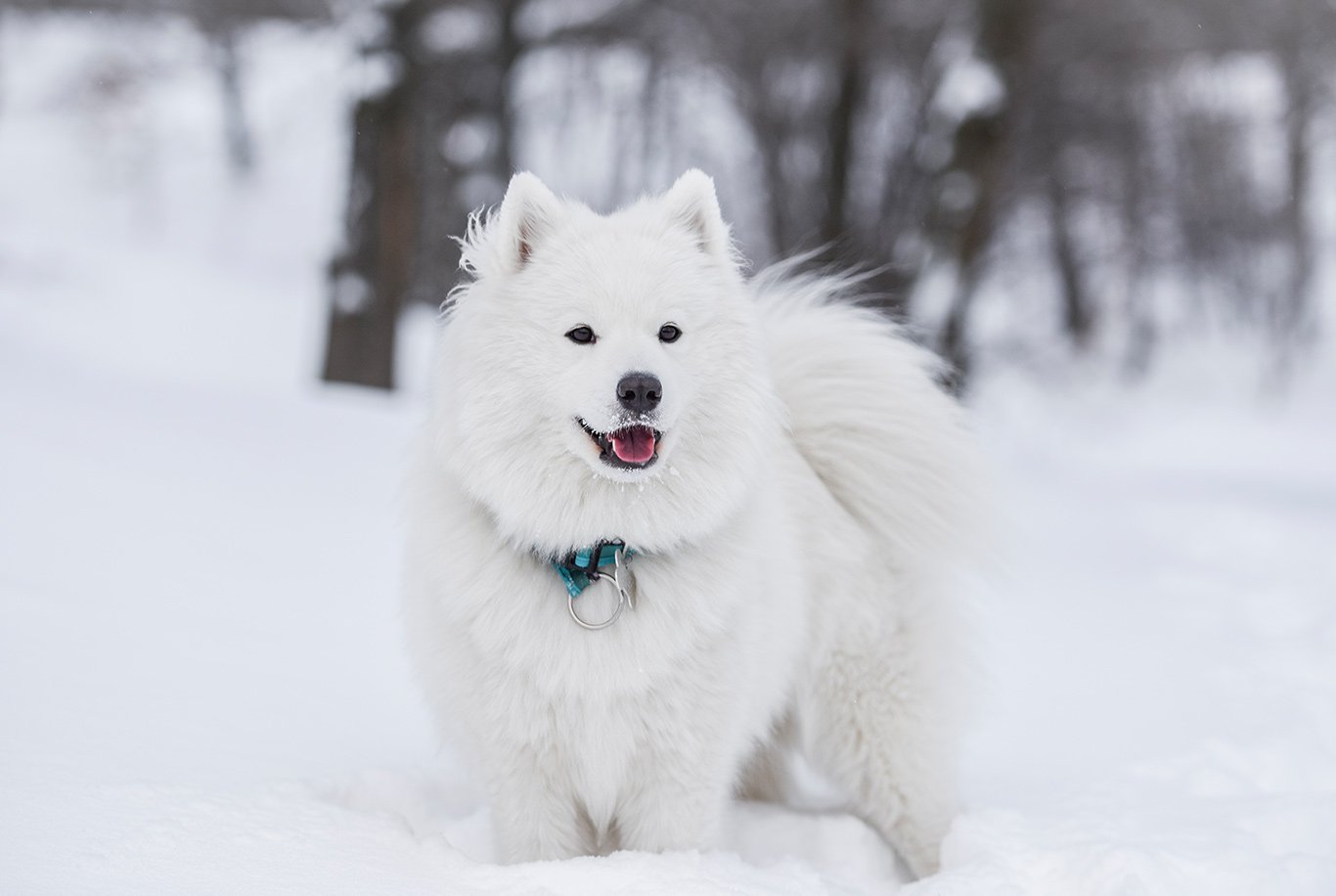

Behaviour
Northern dog breeds have sledge pulling in their blood. Samoyed doesn’t need much training to pull any sledge. Dogs of this breed are very active and they make for great work out companions. Samoyed dogs get along with children and can easily get accustomed to city living, as long as you provide them with enough activity during the day. These dogs get strongly attached to their owners and can quickly get along with strangers. Take into consideration, that samoyed dogs are pretty vocal and loud, which can be problematic for your neighbours.
Requirements
Samoyed is an energetic and active dog that requires a fair amount of physical activity throughout the day. Samoyed dogs can easily withstand freezing temperatures, but their thick coat can become problematic during hot, summer days. Don’t take your dog for a long walk in the summer heat and leave any physical activity for evenings, when it’s cooler.
Daily care
Thick, white fur is quite easy to keep it in good condition. Samoyed needs weekly brushing, during shedding season you might have to brush your dog every day. Some dogs of this breed shed only once every year. You can get rid of dirt, sand or leaves stuck in your dog’s hair by gently brushing over them. It’s best to bathe a samoyed when he is particularly dirty or smelly. Check your dog’s ears and if the under-eye area is clean. During long walks samoyed dogs usually file their nails enough, so you don’t have to trim them. After a long walk apply moisturising balm to your dog’s toe pads.
 dr Anna Plummervet and blogger
dr Anna Plummervet and blogger
















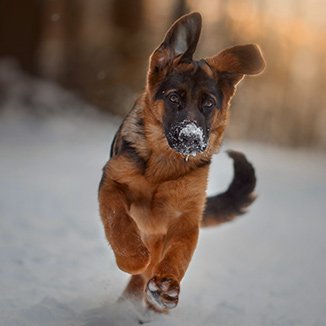 German shepherd
German shepherd Maltese
Maltese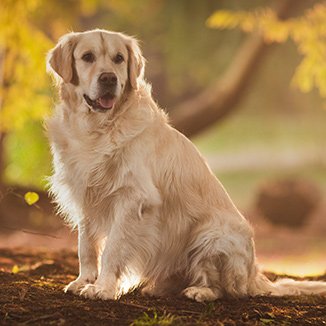 Golden retriever
Golden retriever Beagle
Beagle Rottweiler
Rottweiler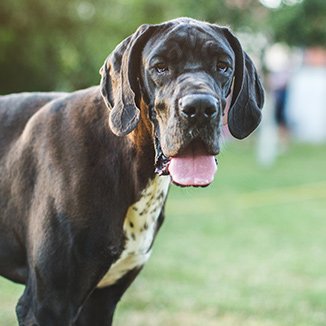 Great Dane
Great Dane Poodle
Poodle Siberian husky
Siberian husky French bulldog
French bulldog Pug
Pug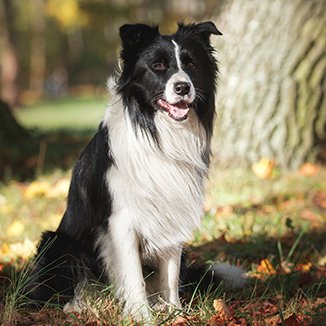 Border collie
Border collie Chihuahua
Chihuahua Pomeranian
Pomeranian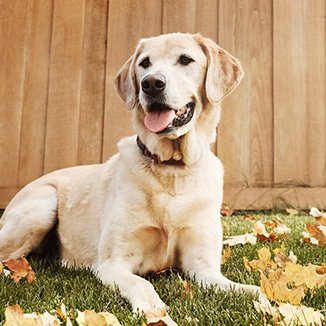 Labrador retriever
Labrador retriever English bulldog
English bulldog Chow chow
Chow chow Samoyed
Samoyed Cane corso
Cane corso Doberman
Doberman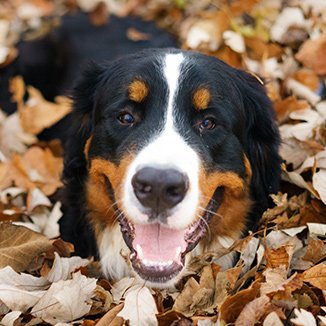 Bernese Mountain Dog
Bernese Mountain Dog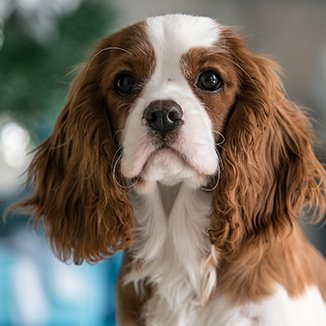 Cavalier King Charles Spaniel
Cavalier King Charles Spaniel Cocker Spaniel
Cocker Spaniel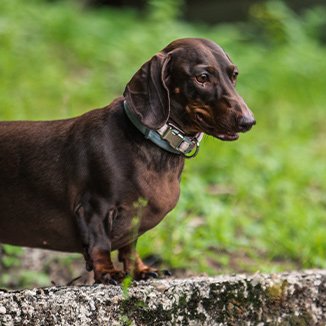 Dachshund
Dachshund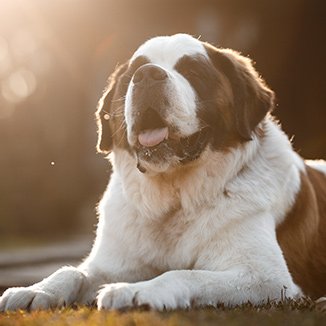 St. Bernard
St. Bernard Maine coon
Maine coon Ragdoll
Ragdoll Persian cat
Persian cat Siamese cat
Siamese cat Cornish rex
Cornish rex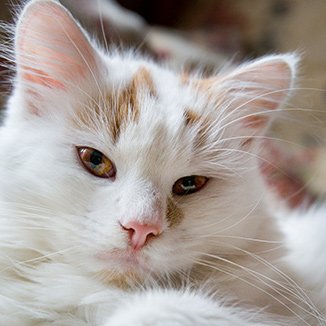 Turkish van
Turkish van Devon rex
Devon rex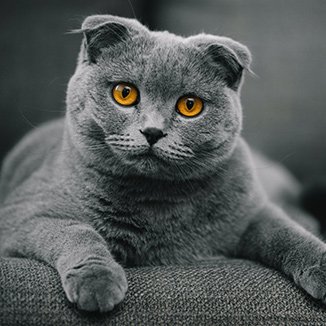 Scottish fold
Scottish fold Siberian cat
Siberian cat Selkirk rex
Selkirk rex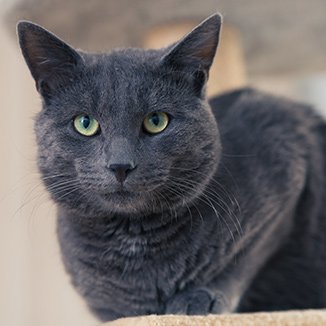 British shorthair
British shorthair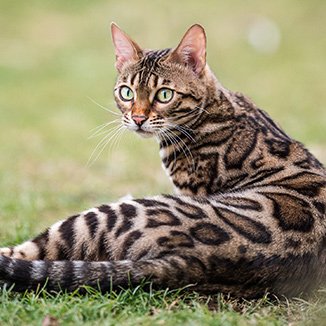 Bengal cat
Bengal cat1.jpg)
